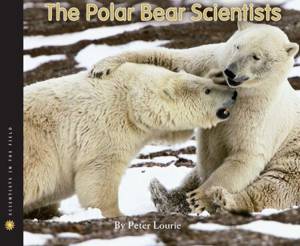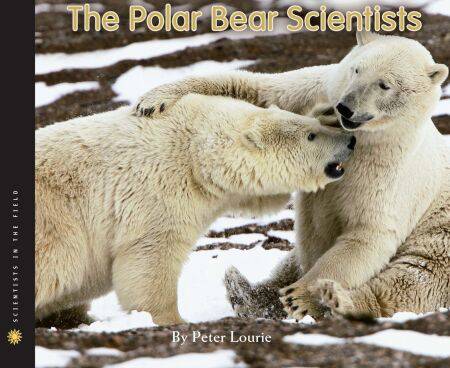
Je cadeautjes zeker op tijd in huis hebben voor de feestdagen? Kom langs in onze winkels en vind het perfecte geschenk!
- Afhalen na 1 uur in een winkel met voorraad
- Gratis thuislevering in België vanaf € 30
- Ruim aanbod met 7 miljoen producten
Je cadeautjes zeker op tijd in huis hebben voor de feestdagen? Kom langs in onze winkels en vind het perfecte geschenk!
- Afhalen na 1 uur in een winkel met voorraad
- Gratis thuislevering in België vanaf € 30
- Ruim aanbod met 7 miljoen producten
Zoeken
Omschrijving
Follow scientists as they scan the Alaskan wilderness for these magnificent creatures.It is springtime on the North Slope of Alaska, and the U.S. Geological Survey team—the polar bear biologists Kristin Simac and Mike Lockhart—is gearing up for polar bear capturing. During a capture, all information is collected on the sea ice. The scientists locate bears from a helicopter, tranquilize them, give them tattoo ID numbers and tags, and collect data such as height, weight, and body fat measurements and samples such as blood, hair, feces, and even teeth. All this information goes into a
large database studied by scientists such as Drs. Steven Amstrup and George Durner, the former and current leaders of the Polar Bear Research Project. For more than forty-five years, scientists have been capturing bears in order to get information. What has this information been telling scientists about polar bears and global warming?
large database studied by scientists such as Drs. Steven Amstrup and George Durner, the former and current leaders of the Polar Bear Research Project. For more than forty-five years, scientists have been capturing bears in order to get information. What has this information been telling scientists about polar bears and global warming?
Specificaties
Betrokkenen
- Auteur(s):
- Uitgeverij:
Inhoud
- Aantal bladzijden:
- 80
- Taal:
- Engels
- Reeks:
Eigenschappen
- Productcode (EAN):
- 9780547677361
- Verschijningsdatum:
- 9/01/2012
- Uitvoering:
- E-book
- Beveiligd met:
- Adobe DRM
- Formaat:
- ePub

Alleen bij Standaard Boekhandel
+ 5 punten op je klantenkaart van Standaard Boekhandel
Beoordelingen
We publiceren alleen reviews die voldoen aan de voorwaarden voor reviews. Bekijk onze voorwaarden voor reviews.









